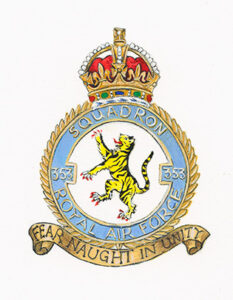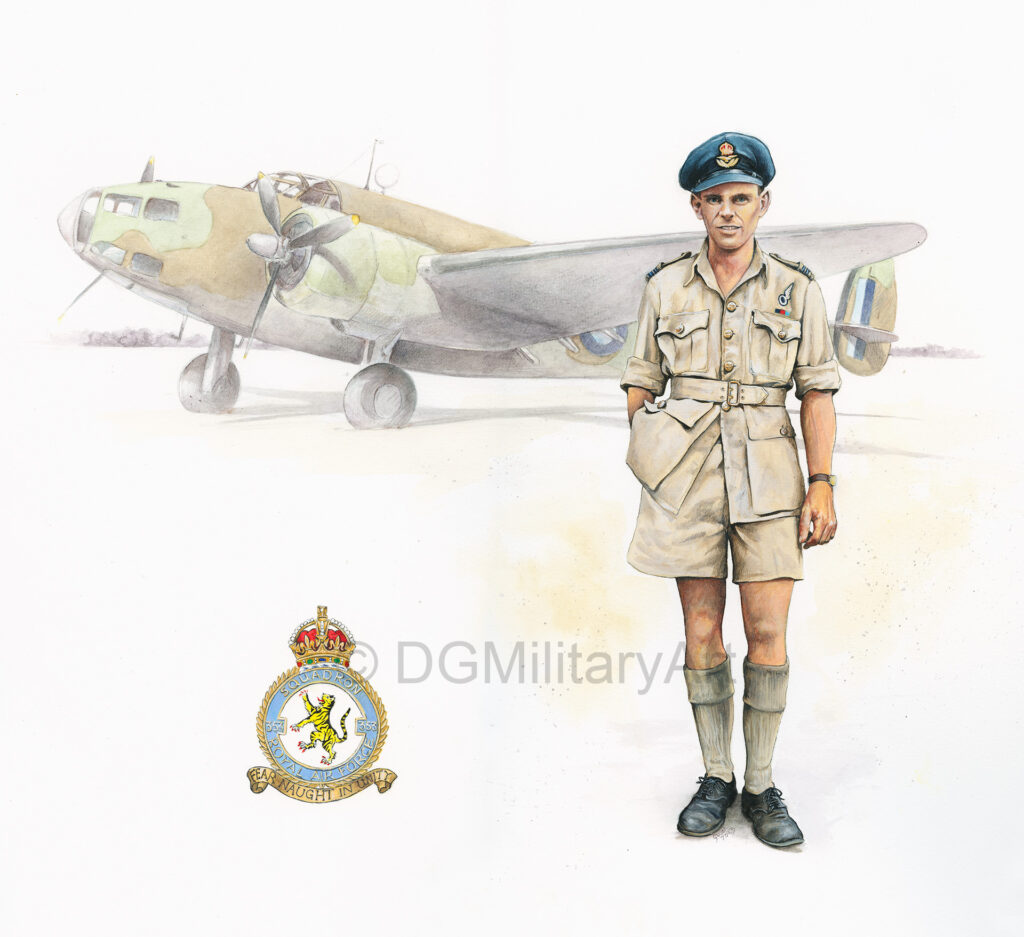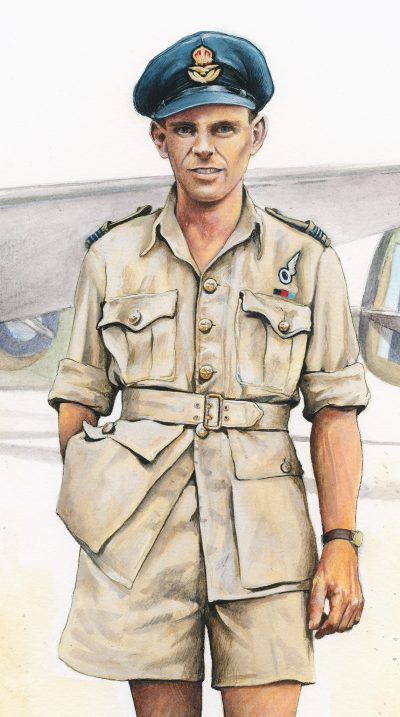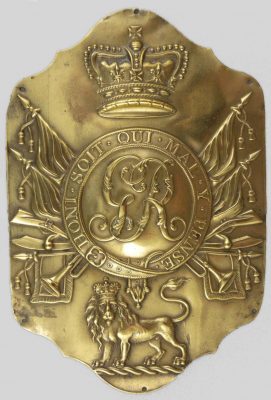Flight Lieutenant John Bell
353 Squadron, Royal Air Force
Ceylon (Sri Lanka) 1944


Flight Lieutenant John Bell
353 Squadron, Royal Air Force
Ceylon (Sri Lanka) 1944

Thomas Hazlehurst (1783-after 1852)
Born on the 7th December 1783 in Bury, Lancashire
Died after 1852
Thomas Hazlehurst was born at Bury, Lancashire, 7 December 1783, the son of George Hazlehurst, and was baptised at St Mary’s, Bury, on the 28th December 1783.
He enlisted in the army in 1807, and served 7 years 1 month and was discharged with the rank of Private on the 28th October 1814. He had been wounded in the right leg at Badajoz. His General Service Medal had clasps for Talavera, Busaco, Fuentes d’Onor, Ciudad Rodrigo, Badajoz, Salamanca, Vittoria, Pyrenees, Nivelle, Nive, Orthes, and Toulouse.
During the Peninsular War, there was the long march southwards over the mountains to Badajoz. This took eighteen days and on St Patrick’s Day the siege operations began under appalling conditions of heavy rain. This turned the earthworks into slime and slush and necessitated the extensive use of sand-bags for the construction of breastworks and parapets. After five days of digging chores the siege batteries were installed. When the walls were sufficiently dented the 2nd/83rd’s first offensive task was to find two officers and fifty men as their contribution to a volunteer ad hoc force drawn from all units of the Division. Its task was the capture of an outwork called the Picurina Fort as a preliminary to the assault on the main position. Captain Powys of the 2nd/83rd was the first up on the wall of the Fort but was hit by a musket ball and fell on the parapet. He would then have been bayoneted to death but for the heroic action of Sergeant Thomas Hazlehurst, who laid about him with his halberd.
After the capture of Picurina there followed a further fortnight of siege operations creeping towards the Fortress itself. At last the main assault was ordered and the 3rd Division, with the 2nd/83rd, was assigned the special task of storming by escalade the Castle of Badajoz itself.
We next hear of him, and for the last time in the records, when he was examined at Manchester for pension purposes on the 31st August 1852, for admissions at the Royal Hospital, Chelsea, listed as a cotton spinner, 5 foot 7¾ inches, with brown hair going grey. He was awarded a pension of 6 pence per day. His medal is in the Royal Ulster Rifles Museum.
Uniform Details
Standard British Army Stove Pipe Shako plate
Thomas Hazlehurst (1783 - after 1852)
Born: 7th December 1783 in Bury, Lancashire
Died after 1852
Thomas Hazlehurst was born at Bury, Lancashire, 7 December 1783, the son of George Hazlehurst, and was baptised at St Mary’s, Bury, on the 28th December 1783.
He enlisted in the army in 1807, and served 7 years 1 month and was discharged with the rank of Private on the 28th October 1814. He had been wounded in the right leg at Badajoz. His General Service Medal had clasps for Talavera, Busaco, Fuentes d’Onor, Ciudad Rodrigo, Badajoz, Salamanca, Vittoria, Pyrenees, Nivelle, Nive, Orthes, and Toulouse.
During the Peninsular War, there was the long march southwards over the mountains to Badajoz. This took eighteen days and on St Patrick’s Day the siege operations began under appalling conditions of heavy rain. This turned the earthworks into slime and slush and necessitated the extensive use of sand-bags for the construction of breastworks and parapets. After five days of digging chores the siege batteries were installed. When the walls were sufficiently dented the 2nd/83rd’s first offensive task was to find two officers and fifty men as their contribution to a volunteer ad hoc force drawn from all units of the Division. Its task was the capture of an outwork called the Picurina Fort as a preliminary to the assault on the main position. Captain Powys of the 2nd/83rd was the first up on the wall of the Fort but was hit by a musket ball and fell on the parapet. He would then have been bayoneted to death but for the heroic action of Sergeant Thomas Hazlehurst, who laid about him with his halberd.
After the capture of Picurina there followed a further fortnight of siege operations creeping towards the Fortress itself. At last the main assault was ordered and the 3rd Division, with the 2nd/83rd, was assigned the special task of storming by escalade the Castle of Badajoz itself.
We next hear of him, and for the last time in the records, when he was examined at Manchester for pension purposes on the 31st August 1852, listed as a cotton spinner, 5 foot 7¾ inches, with brown hair going grey. He was awarded a pension of 6 pence per day. His medal is in the Royal Ulster Rifles Museum.


